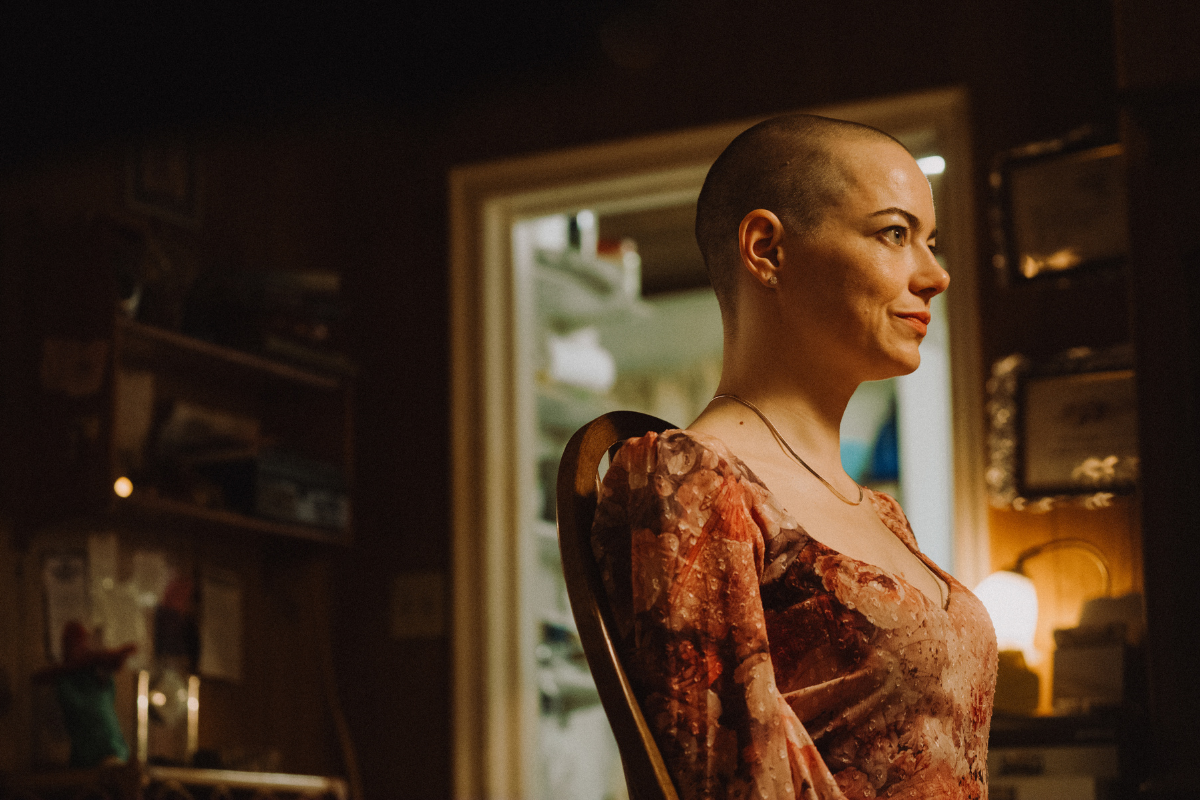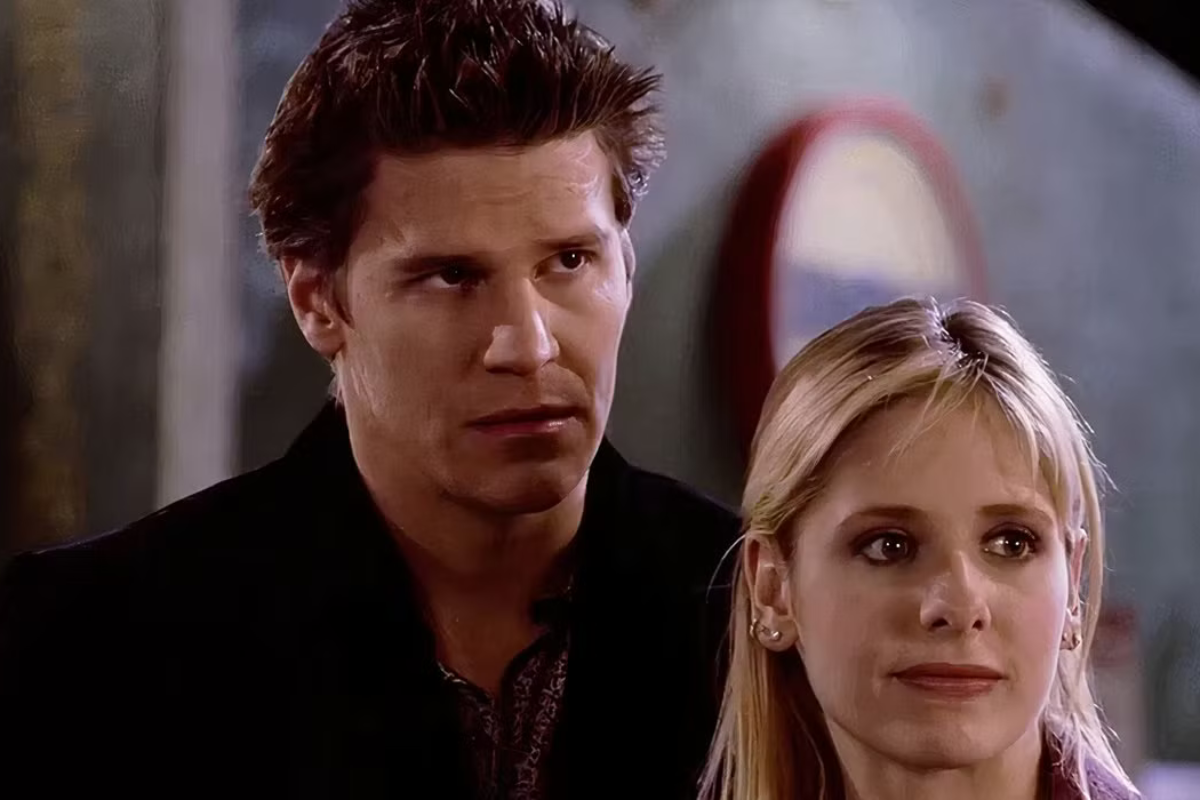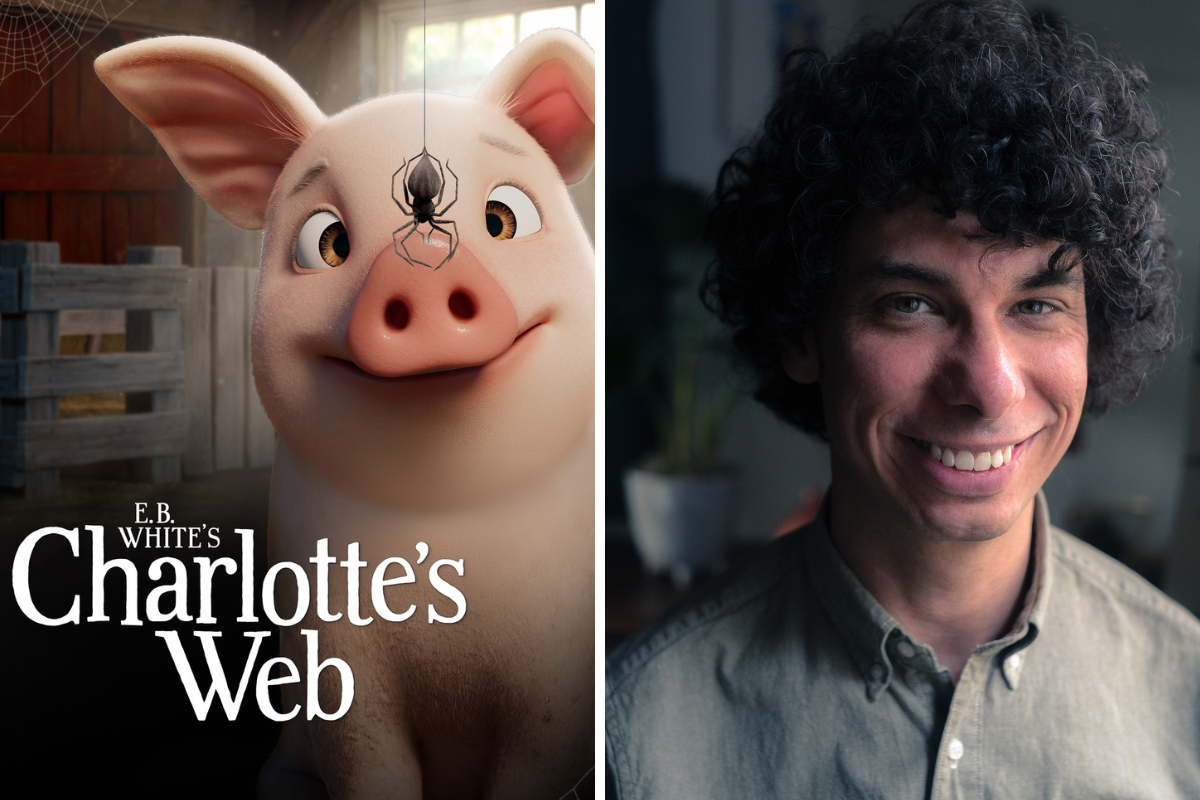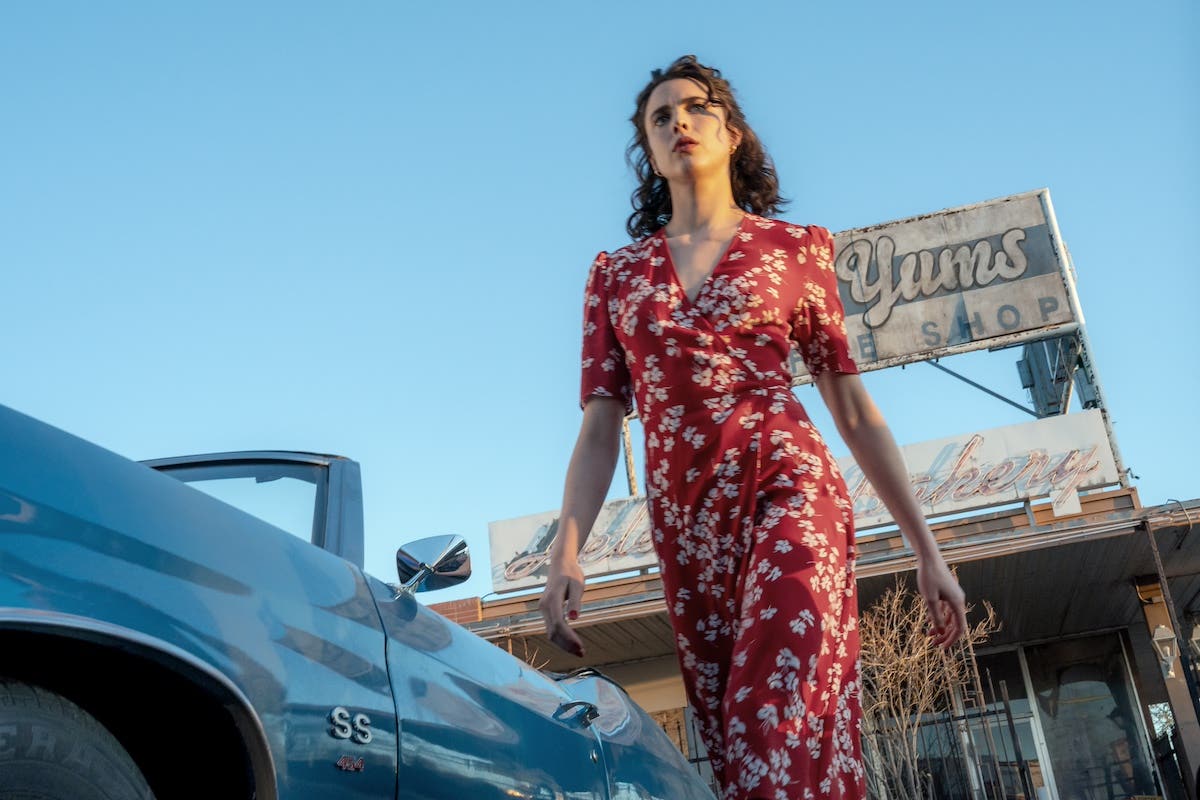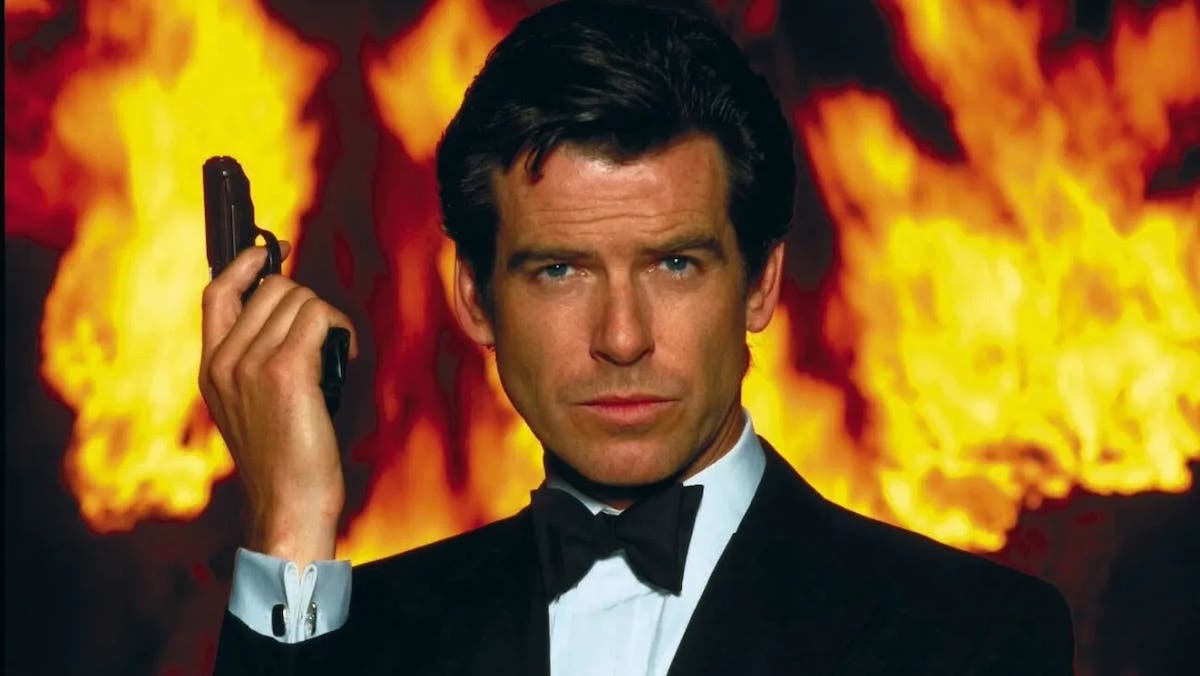COMEDY WRITING: Every Script Deserves a Good Beating
TV writer Evan Smith explains how In both drama and comedy writing, beating out your story actually saves a writer time and improves the chances of success.
Evan Smith has written for NBC, CBS, FOX, USA, and various producers, and has worked as a programming VP responsible for developing network TV movies, specials, and series. Evan is the author of the bestselling book WRITING TELEVISION SITCOMS, he teaches screenwriting at Syracuse University’s Newhouse School, and he serves as a private script consultant for screenwriters and entertainment companies.
Few screenwriters, perhaps especially comedy writers, spend enough time sorting out a story before they dive into a first draft. Because writing dialogue’s the fun part, right? Throwing characters at each other, nailing clever lines… And because working on story structure is, well, work, and no writer worth his or her salt is a fan of that.
For some extremely talented writers, that’s no problem, they don’t need to prep. They’re able to magically spew out a tightly-structured script on the fly, and it’s smart and funny and fresh, and blah blah blah—yeah, I hate those writers. Unfortunately, for most of us, we need a road map to stay on course or we end up with some kind of mangled patch job that only our moms could love. (“The way you had them all about to die but then the monkey flew the plane—how brilliant was that!”) But we’re not talking about traditional story outlines (for TV episodes) or treatments (for movies) here. We’re talking about something called a “beat sheet,” something you create BEFORE jumping into an outline or treatment. It’s an extra step that sounds like more work but that—guaranteed—actually saves a writer time and improves one’s chances of success.
Okay, so just what is a beat sheet? And how many beats should a story have? And how do beats relate to a story’s dramatic structure?
STORY AT A GLANCE: Well, first, to be clear, when I say “beat sheet,” I do not mean the industry definition that refers to a story outline written for one episode of a drama series. Nor do I mean the Blake Snyder Beat Sheet version described in the venerable Save the Cat screenwriting guides, which some deem too prescriptive and restrictive to suit every story. We’re talking about a one-page list of major plot points, the skeleton of your story. It’s an at-a-glance blueprint that makes it easy, or at least easier, to quickly identify story problems and missed opportunities. Perhaps your lead character suddenly stops driving the plot, letting supporting characters take over? That sticks out on a beat sheet. Or, maybe your original story unintentionally morphs into a second story? Or employs ridiculous plot twists? Hard to miss. Or, you’ve chosen one story path but can now see that changing just two beats could make the story bigger and much funnier? You tell me—isn’t that worth adding a step to your writing process?
Let’s break it down, starting with a definition of an individual beat.
A BEAT is one of the big plot points that shapes a story’s structure. (As opposed to minor plot points which merely add texture, or shape a scene, or provide non-critical exposition.) A beat is, quoting from my book because that’s easier than making up a new description, “a moment, a discovery, or an incident that alters a character’s goals and/or cranks up a story’s dramatic tension.” A beat is briefly written and purely functional. It’s just a brief phrase or maybe one sentence, no more. (Studies have shown that humans can simultaneously juggle only a few concepts at one time; it’s vital to limit one’s beats to describing just the key events, actions, revelations, and decisions that drive the story.)
Often, as screenwriting guru Linda Seger observes in her teachings, a beat consists of an action that causes a reaction. For example, “King Kong grabs the woman and heads into the jungle—the good guys give chase!” Or, “Jerry’s new girlfriend argues with the Soup Nazi and is refused service—rather than be banned himself, Jerry pretends he doesn’t know her.” South Park creators Trey Parker and Matt Stone go even further, preaching that ALL beats must ALWAYS connect with the words “therefore” or “but,” or else one’s story is, in their words, “fucked.” Some might find this declaration too extreme, but it’s hard to deny the value of keeping a story charging forward via logical, connected steps.
HOW MANY? So that’s a beat. How many beats occur in the average story? In a typical half-hour sitcom, the type that features one main story and perhaps a subplot or two, most main stories unfold in 5-9 big story beats. Of course, many of today’s sitcoms are serialized rather than episodic, meaning that the story we watch in one episode might be just one chapter in a larger story arc that continues for many episodes or even the entire life of the show. But in that one half-hour, the writer must still deliver some semblance of a three-act structure and provide at least a partial resolution at the episode’s conclusion, or the program would seem to end oddly and probably irritate viewers. So, for a main story in a typical sitcom episode, think 5-9 big beats. And those subplots, if you have one or two? They occupy less screen time, usually 3-4 beats each in an episode, and many serve as small chapters in their own larger stories arcing across numerous episodes.
Of course, not all sitcoms feature only one main story in each episode. Shows like Seinfeld and Modern Family present several main stories unfolding simultaneously. Each features a different lead character or characters, and each has its own beginning, middle, and end. How many beats go into these stories? Given that you’re still working with just a half-hour of television, in shows that use this type of multi-linear or “thread” structure, each main story unfolds in 4-5 beats. Each gets less screen time and features less dramatic development than a traditional sitcom main story, but the combined effect of weaving several short main stories together gives the episode plenty of dramatic power. (A TIP: When working with thread structure, start by creating separate lists of beats for each main story, then weave the stories together after that’s done.)
Alright, this column is about comedy writing, but for contrast, we should look at one-hour drama series too. In a one-hour drama, a typical main story might feature 9-12 beats, with subplots again featuring 3-4 beats each. As with sitcoms, if a drama series is serialized rather than episodic, the stories in each episode are often chapters of larger stories that continue over many episodes. And some dramas, like ER and Game of Thrones, employ thread structure, featuring multiple main stories that might run 5-7 beats in each episode.
And movies? Here, there’s quite a range. A low-key character comedy like Napoleon Dynamite might feature only 10-15 big beats, while a hard-charging action pic like Die Hard I might cram 20+ beats into two hours. (Plus subplots—that first Die Hard included three or four of those yet, amazingly, did not seem overwritten.) And films can employ thread structure, as Pulp Fiction and The English Patient did, and they can be fully-formed chapters in larger stories, such as the Lord of the Rings and Matrix trilogies.
Of course, your story is special so its beats can run more than just one sentence, right? And your special story can feature more beats than have been described above, right? No! It can’t! Buckle down, you have to be the Terminator here! If you find yourself writing longer beats or more beats than were described above, that’s the result of vanity or laziness, and the clutter you add will render this tool worthless. Back up, cut everything to the bone—for a beat sheet to work, you must omit all non-plot details and stick to just the big beats.
BEATS IN THREE ACTS: Okay. So beats are big plot points, and we know how many beats might reasonably fit into a TV or film script, but how do beats relate to dramatic structure? Meaning, that universal beginning-middle-end model used in 95% of the stories we watch and write. Well, story structure models are too lengthy a subject to squeeze into this article, so I’ll have to assume that the reader is somewhat familiar with that topic and can grasp the following connection: It basically comes down to dividing the beats up act by dramatic act. As in, if you’ll pardon a generalization, just as the three acts of a story typically break down into ¼ of the story’s length for the first act, ½ for the second act, and another ¼ for the third, one can divide a story’s beats up in the same fashion. As in, an 8-beat sitcom story might devote 2 beats to the first act, 4 beats to the second, and 2 beats to the third. (I know I’m oversimplifying here, but I did say “pardon.”)
Likewise, most movies follow this beats-reflect-structure pattern pretty closely, but there is one important difference between those and a television episode: In TV scripts, both sitcoms and one-hours, the first act is usually very short page-wise because the audience is already familiar with the show’s characters and setting. There’s no need to spend five pages laying those things out at the top of each episode, so you can jump right into the second act. Often, a story’s inciting incident, one of its first beats, occurs by page 3 or 5, and off you go.
So that’s the story on beat sheets, but talk is cheap. Time for…
UH-OH, HOMEWORK: Creating focused beat sheets is a skill, it takes practice. To get started, pick an episode of Big Bang Theory and one of those CSI-ish cop shows, and create beat sheets for them. You’ll learn how to write lean-and-mean beats and it’s helpful to see examples of how beats bring a story’s development into high definition. Then pick a film that has a tightly-structured narrative, like Young Frankenstein or Bridesmaids, and do the same thing. Then, for a taste of thread structure, tackle an episode of Seinfeld and a film like Love Actually or Pulp Fiction. By the time you’re done, you’ll be a beat-sheet monster, ready to build one of your own when you develop your next story.
Of course, beat sheets aren’t for everybody—naw, that’s bull, they totally are. I can’t imagine a circumstance where taking this step could fail to improve a story. Yes, all writers work differently and many of the best stories written bend and break conventional structure rules. But a writer who spends little time on story structure ends up with monkeys flying planes and no sale. Don’t listen to mom, try using a beat sheet to get your next script on track.
Get more invaluable advice on comedy writing in Evan Smith's book
Writing Television Sitcoms
Evan Smith has written for NBC, CBS, FOX, USA, and various producers, and has worked as a programming VP responsible for developing network TV movies, specials, and series. Evan is the author of the bestselling book WRITING TELEVISION SITCOMS, he teaches screenwriting at Syracuse University’s Newhouse School, and he serves as a private script consultant for screenwriters and entertainment companies. Evan also contributes to Writer's Digest online magazine.


